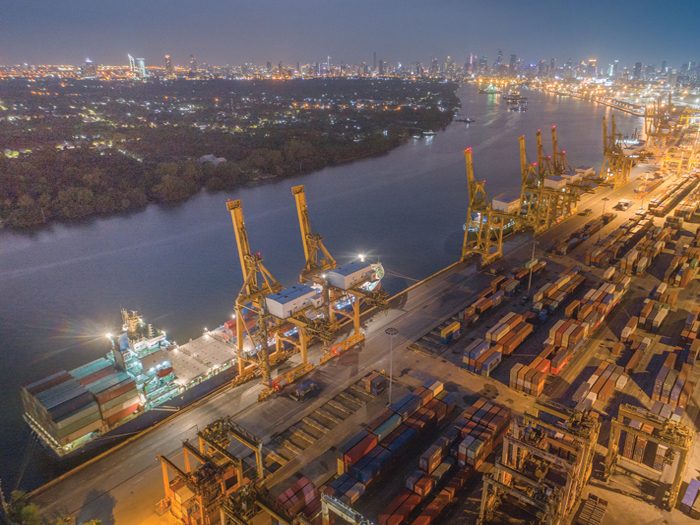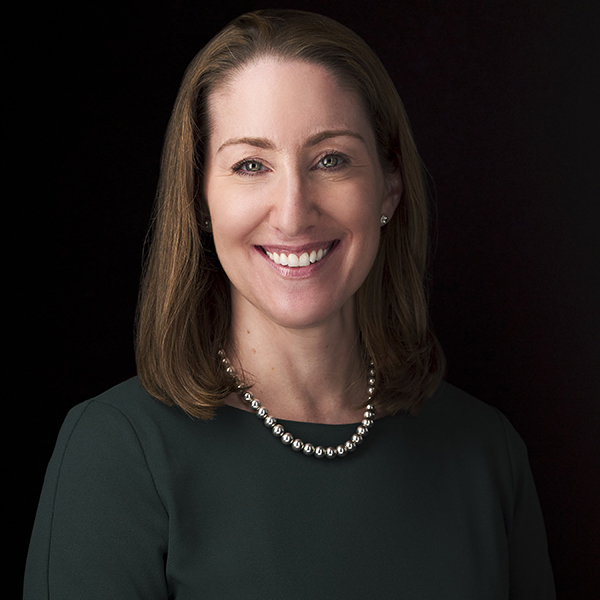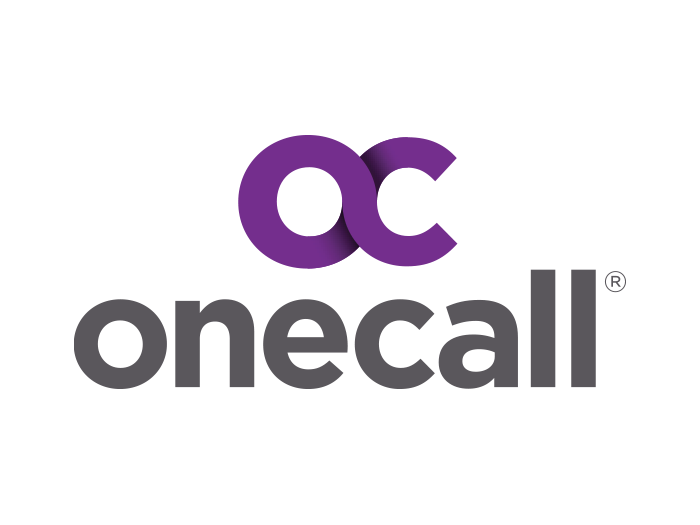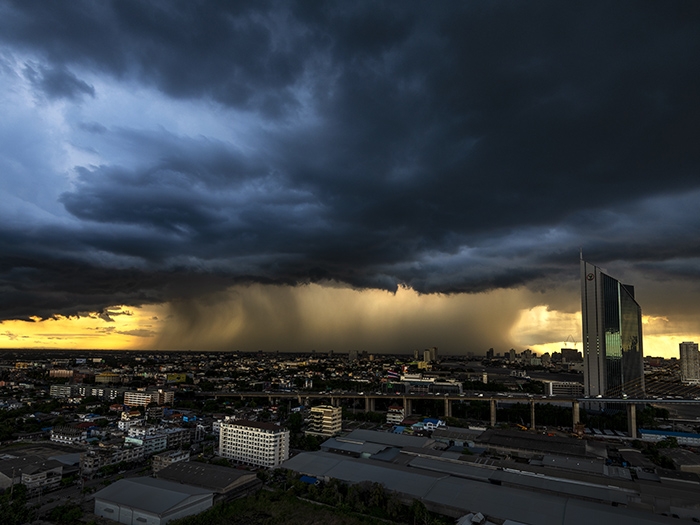Global Political Tensions Are Severing Supply Chains: Here’s How Tech Can Help

More than 2,620 supply chain risk events were recorded last year, according to Richard Parke, senior vice president of global supplier services at Avetta, a supply chain risk contractor management firm.
He added that incidents increased 36% year-on-year and are expected to grow as supply chains become more globalized and complex.
“The biggest concern for organizations is the loss of company reputation and brand name,” said Parke. “In a recent survey we conducted, we found this to be the most substantial concern, with 86% of executives marking it as a significant or very significant risk factor to consider.
“Our research also found fines, legal fees, lost-revenue costs and compensation claims are at the forefront of executive minds.”
Parke noted that there is a new emphasis, or at least awareness, as a result of the new international standard, ISO 45001.
“That states organizations are responsible for the health and safety of any individual working at the facility, irrespective of their employer.
“In other words, organizations assume equal responsibility for contractors and full-time employees, particularly those working in their facilities. With a renewed emphasis on safety being placed on supply chains by this new standard, we’ve seen an increase of risk profiles and gap analysis conducted by organizations.”
Avetta has affiliations within three test markets. The first is with telecom insurance. That is a highly specialized industry and as such has a specific group of underwriters to handle their respective risk.
“We also work with a broker that deals exclusively with high-risk individuals and vendors,” said Parke. “Also, we have a partnership with an international insurance agency, serving both the U.S. and Canada.” He declined to name the company.
“Supply chain leaders are increasingly relying on analytics to make better decisions across all areas of vendor management,” said Parke.
Those include “identifying vendors, verifying their details, performing due diligence, assigning risk scores, mitigating those risks, helping contractors and vendors achieve compliance, and setting in motion a practice of continuous monitoring and improvement.”
Closed Borders
There is a “hardening of borders around the world,” said Laura Burns, senior vice president and U.S. political risk leader at Willis Towers Watson.

Laura Burns, senior vice president and U.S. political risk leader, Willis Towers Watson
“That is a reversal of the trend toward free trade over the past 30 or 40 years. Politicians told people that globalization would be the rising tide that lifts all boats, but many people have not seen it. That has led to a rise in populism, which has led to a rise in nationalism, which has led to a rise in protectionism.”
Within supply chains, the developing risks fall into two broad categories, Burns explained.
“The first is from direct foreign investment, which involves a company’s own supply chain. There are issues of political risk including shipments being detained or seized, licenses being revoked, capital controls imposed, even social unrest such as in Hong Kong at the moment.
“The second is from indirect investment, which is usually outsourcing,” Burns continued. “Goods can be passing through areas of heightened tension, such as the Straits of Hormuz or the South China Sea.”
Insuring for Risk Around the Globe
Burns stressed that these are all insurable risks, detailing that there are important distinctions within types of coverage.
Under cargo policies, there needs to be actual loss or damage to trigger business interruption coverage. For instances where there is no direct loss, such as a fire aboard a ship that did not damage specific goods, or weather, or a political issue that delayed or diverted the vessel, there is trade disruption insurance.
There have also been instances of master refusal, in which a ship captain decides it is too dangerous to vessel and crew a ship in a certain area or into a certain port.
“There absolutely could be a business interruption event from that,” said Burns, again without any actual loss or damage.
Some industries, particularly apparel, have adopted just-in-time supply chains that require goods be delivered by tight deadlines, and if not met, face financial penalties from wholesale customers or their own loss of profit from higher margin beginning-of-season prices. Those financial costs can be addressed with trade disruption insurance.
One further type of risk in global trade is contract frustration.
“If you are carrying on trade with a country that becomes subject to sanctions, that trade is effectively cancelled,” said Burns. “You have incurred costs that you can no longer pass along.”
Educating on Coverage
The distinctions among coverage are more than semantic. And the first challenge for underwriters and brokers is education.
“I speak with a lot of firms, some big ones, and I am surprised at the lack of awareness of these types of coverage,” said Burns.
“The worst thing is for companies to be retaining an exposure and not know that they have it — and that it is transferable. The first step is to acknowledge that they have these exposures and create a heat map.”
For those that do decide to insure, they will find that in the past few years, global capacity has more than doubled in political risk insurance (PRI) from about $1.3 billion to $3 billion, according to Willis Towers Watson data. Trade disruption insurance is still a small niche within that. Tokio Marine, working out of London, is the largest underwriter, but there are a few others.
The Risk Appetite
Burns suggested that political risk and trade disruption insurance are at a stage now similar to where cyber coverage was several years ago.
“If you are global, you will need to have it.”
The doubling of capacity for PRI means that premiums as well as terms and conditions for PRI have been softening slightly. That is in marked contrast to many marine lines. As has been widely reported, capacity is down sharply in marine insurance with underwriters and syndicates leaving the market after years of poor returns.

Koray Köse, senior director, supply chain research, Gartner
“It is tough to be an underwriter in PRI today and try to grow your book since there are many market choices,” said Burns.
“Terms and conditions are broadening. Some are maintaining discipline and not quoting or quoting on their own terms, but many have aligned with the competitive market conditions.”
Growing concerns about protectionism and conflict are driving global companies to a new and deeper understanding of their risk appetites, said Koray Köse, senior director, supply chain research at Gartner.
According to Gartner research, only 35% of companies have defined their risk appetite, and a scant 11% have done so for a defined function, such as supply chain.
“While it is true that many supply chain risks are insurable, the first step is to define the risk appetite,” said Köse.
“Not every risk needs to be transferred. Some can be intrinsically absorbed by internal risk capacity and tolerance.” By that he does not mean only cash reserves, but also relationships with other parties and strength of contracts.
“The key question is one of risk utilization, having ready plans based on data,” said Köse.
“That sounds very theoretical, so a practical example is a company doing business in China. Tariffs have been raised. But the market reaction to the tariffs is for the renminbi to fall. That may offset the tariff burden and production cost to some extent with likely more ease of business initiatives by China to attract more [foreign direct investment].”
A broader scenario for the same company active in China is the risk of staying or moving to another country, such as Vietnam.
“In China, you may have a very attractive supply chain, with ports, logistics and technology,” said Köse. “In Vietnam costs may be lower, but there may be less infrastructure and technology.”
Proactive Risk Management
Another important reason for a rigorous risk assessment is that the costs and complications of transferring a poorly defined risk may exceed the costs of retaining it. There is a meta-risk in transfer.
“Once you know what you can absorb and what you can transfer, you also have to assess the probability of collecting,” said Köse. “There is coverage for things like government frustration, but you have to assess to what extent execution [payment of a claim] may be impeded.”
Over the long haul, Köse advocates that companies with global supply chains move from reactive risk management to proactive, and eventually to prescriptive.
“Data is omnipresent; use the data. Once you have your scenario planning, what can you absorb and what should you transfer and how, then it’s just plug and play. If you have all that, your insurance needs will decrease.” &










